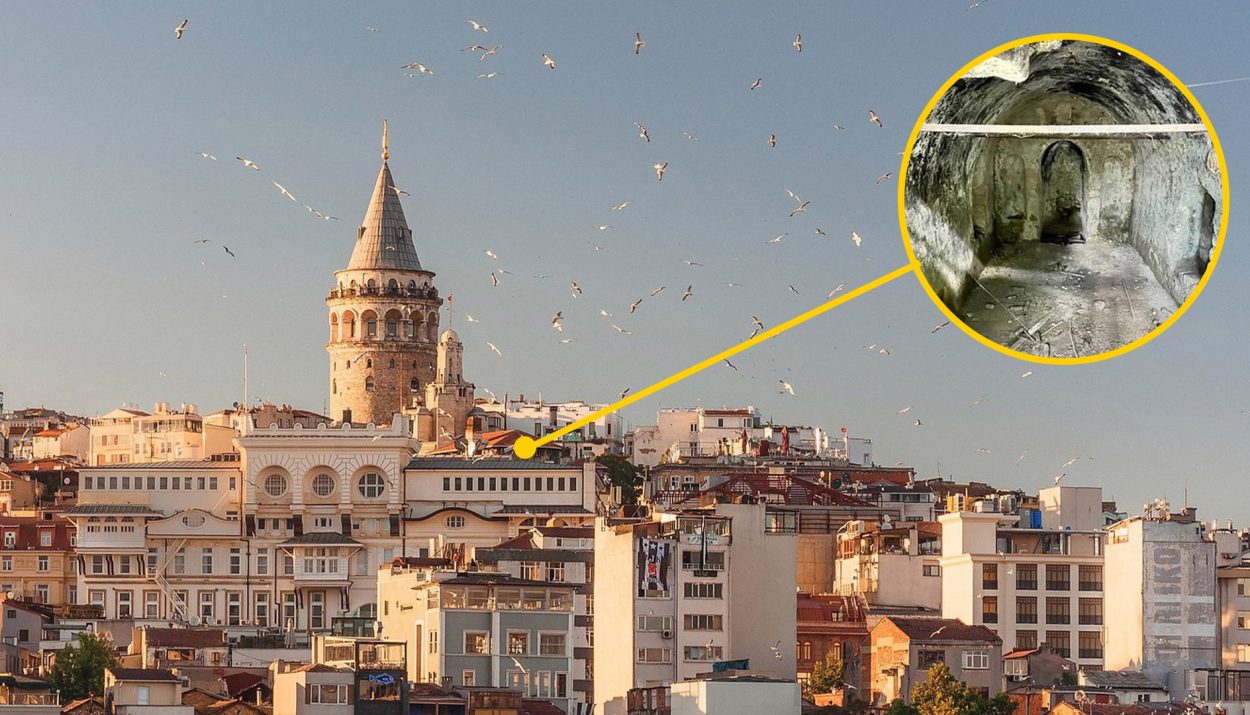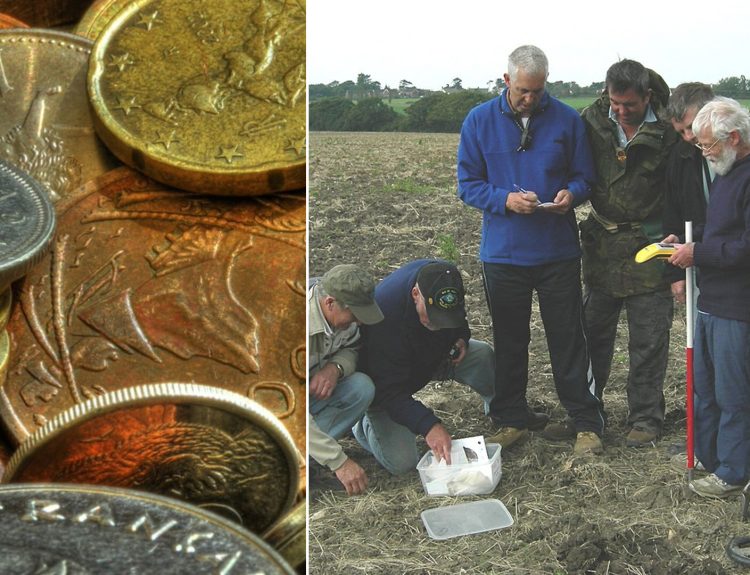Recent excavations at a site in the Bagcilar district of Istanbul have unearthed an underground chapel that, according to archaeologists, may be the only example of three different structures integrated together into one unit.
The discovery was made after archaeologist Omer Faruk Yavascay poured over ancient maps of the Turkish city and noticed some odd discrepancies. The same spot was labeled as different structures on different maps. Some maps called it a chapel. Some called it a tunnel. Another called it a source of holy water. Yavascay set out to solve the mystery.
Istanbul’s Rich and Diverse Religious History
The city of Istanbul, Turkey, was once called Byzantium before its name was changed to Constantinople and then to its present name. Its location at the cusp between Europe and Asia makes the city a crossroads for the major religions of the world. Under Emperor Constantine, it was a center for the Eastern Orthodox Christian faith.
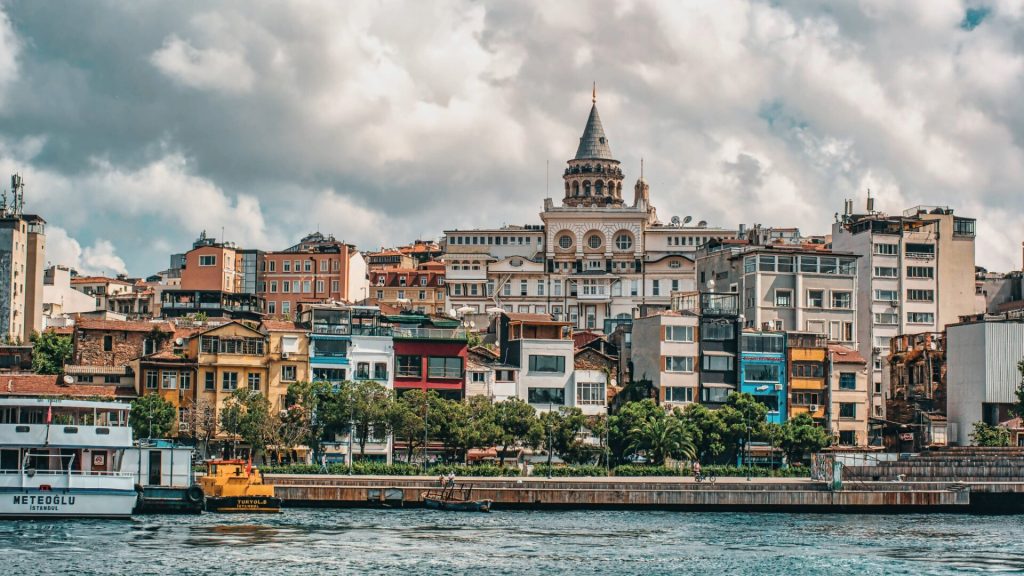
In 1453, Istanbul became part of the Ottoman Empire. During that time, the city was an important site for the Islamic religion. Beautiful churches like the Hagia Sophia were repurposed into mosques. Today, the city is a model of religious tolerance. Churches, synagogues, and mosques all coexist with each other in this historic city.
A City with a Wealth of Archaeological Sites
Since Istanbul was ruled by various groups throughout history, it remains a city with a wealth of archaeologically significant sites. Evidence can be found showcasing the Greek, Roman, Byzantine, and Ottoman influences. And there are more discoveries to be made.
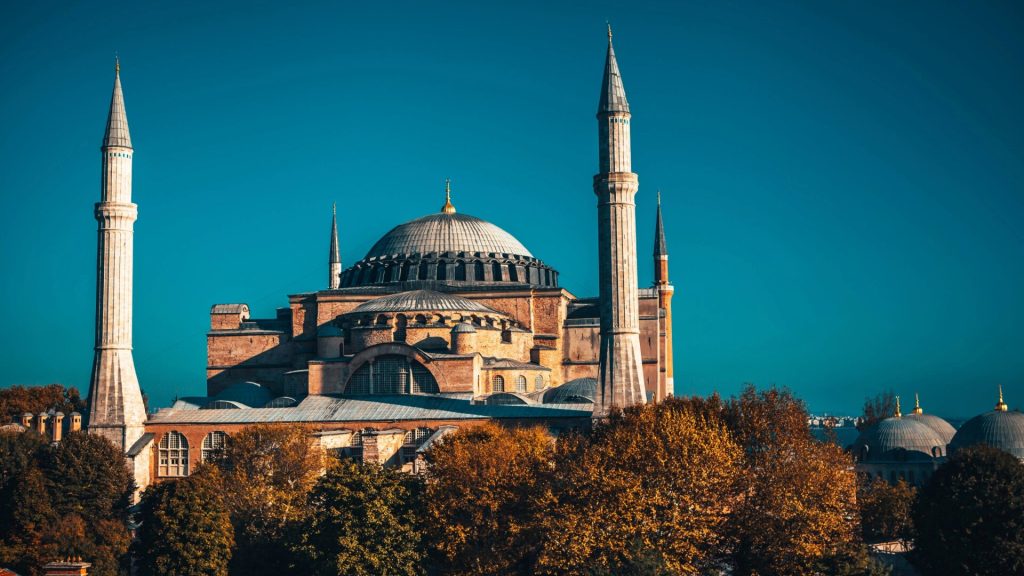
At any given time, there are several archaeological digs being conducted in Istanbul. These excavations yield an array of historic artifacts – many on display at the Archaeological Museum of Istanbul – that help historians get a better glimpse into the city’s past.
Istanbul’s Bagcilar District
The Bagcilar district is located near the center of Istanbul on the European side. Mainly a residential area, this district is Istanbul’s fourth most populous neighborhood. Like Istanbul itself, Bagcilar has undergone a name change.

In the past, the area was known as Yesilbag, a word that translated from Turkish to mean “green vineyard.” The district was once overflowing with vineyards. When it was officially established as a district of Istanbul, the name changed. Bagcilar means “vine growers.”
Unraveling the Discrepancies on Old Maps
Omer Faruk Yavascay’s study of maps from the Ottoman Empire, the location in Bagcilar appeared to be a chapel, yet it was called “ayazma” on another map. This is a term taken from the Greek which means “holy water.” Throughout Istanbul, there are several natural springs – at least 15 – that were called ayazma.
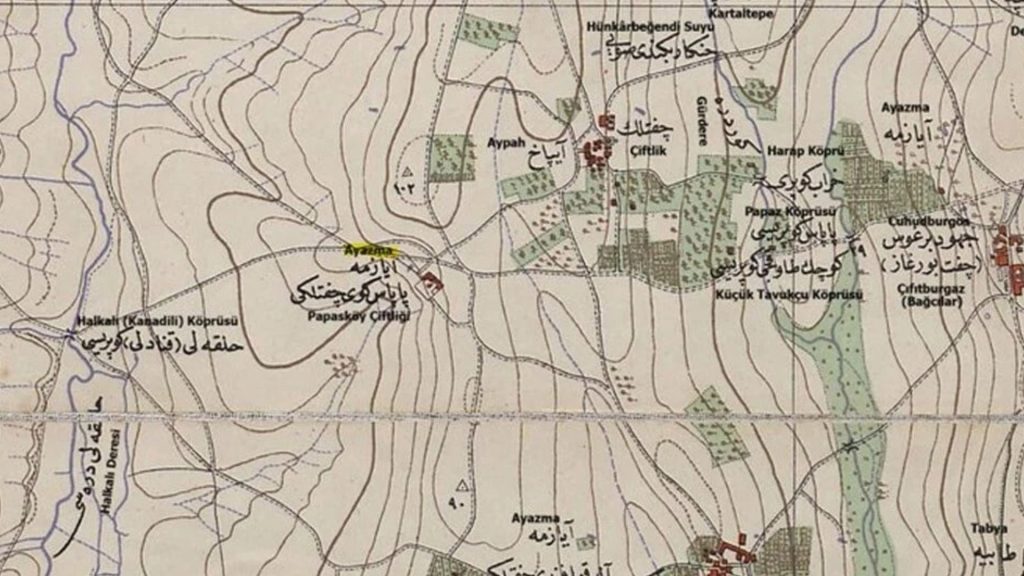
Yavascay’s research told him that a Greek village once stood in the area during the Ottoman period. He decided to go to the location himself to see what he could find. He found a school and shops located at the site, noting that the school had a sizable courtyard.
The Locals Talked of a Water Source
When Yavascay talked to long-time residents of Bagcilar, he was told by many people that there once was a fountain at the site and that it provided water to the residents as recently as a quarter of a century ago.

Still other residents talked about a tunnel and added that water flowed out of the tunnel. More confused than ever before Yavascay knew that the only way to find out what was once at the site was to dig beneath it
An Amazing Find Beneath a School Courtyard
The archaeological dig revealed an old, underground chapel beneath the courtyard of the present-day school. But, as Yavascay explained, it was not a typical chapel. The structure had the outward appearance of a chapel, but there was more to it.
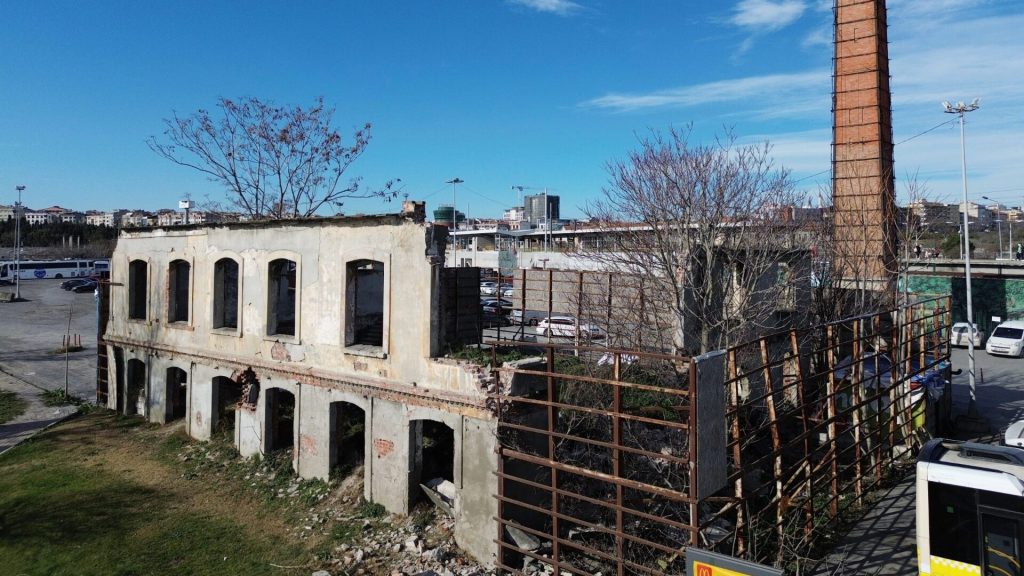
The chapel was also constructed to be a tunnel. The tunnel led deep into the ground, allowing access to the natural spring beneath it. At some point in the chapel’s history, it was also used to house a public fountain.
A Three-In-One Structure
Although it is not uncommon for older structures to be repurposed into newer ones, it is odd to find a building that was used for vastly different purposes. It is more common to see, for example, a Christian church that has been repurposed into an Islamic Mosque, as was the case with Istanbul’s Hagia Sophia.

It is less common for houses of worship to have been converted into other uses, especially a century ago. But that’s what appears to have happened at this site in Bagcilar. Yavascay believes that it could possibly be the only three-in-one structure of its kind in the world.
More Excavation Work Is Needed
Yavascay’s findings, while intriguing, do not give us all the information about the site. He has yet to determine who built the chapel and when. He suspects that it was erected by Greeks living in the Bagcilar district in the latter half of the Ottoman Empire.

He doesn’t know if it was initially constructed to serve as both a chapel and a fountain. More excavation work is needed, according to Yavascay, before we can get a clearer understanding of this unique and mysterious find.
Protecting the Site for Further Study
Yavascay is working with the Archaeological Museum of Istanbul and various local government officials to protect the site until a thorough study can be conducted. He explained that people were able to access the tunnel, compromising the historical value.

Now, an iron gate across the entrance keeps trespassers out. According to Yavascay, this is just one example of how unprotected archaeological sites are in danger of being damaged or destroyed by vandals and trespassers.

